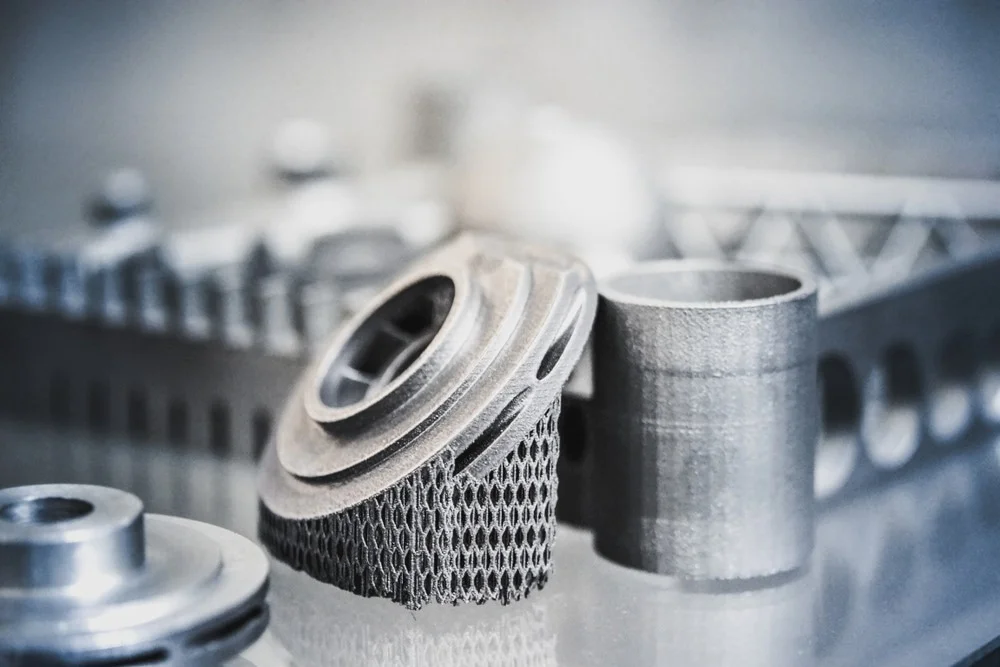ISO 12107 Statistical Analysis of Fatigue and Creep Tests
The ISO 12107 standard is a cornerstone in the field of materials science, particularly for those dealing with the fatigue and creep properties of metals and alloys. This service focuses on applying statistical methods to analyze data from fatigue and creep tests, ensuring that the results are both accurate and reliable.
Understanding material behavior under high-temperature conditions is critical in industries like aerospace, automotive, and power generation where materials must withstand extreme stresses over extended periods. By using ISO 12107 for statistical analysis, we can ensure compliance with international standards while providing insights that help improve product design and reliability.
The service involves collecting data from fatigue and creep tests conducted under controlled conditions. This data is then subjected to rigorous statistical analysis to determine the fatigue limit (S-N curve) and creep properties of materials. The process ensures that any variations due to test conditions or specimen preparation are minimized, leading to more precise results.
Our experts use advanced analytical techniques to interpret these datasets. They apply various statistical models such as Weibull analysis for predicting failure probabilities and linear regression for understanding the relationship between material properties and environmental factors like temperature and stress level.
The importance of this service cannot be overstated, especially in sectors where safety and performance are paramount. For instance, aerospace engineers rely on accurate fatigue life predictions to ensure aircraft safety; similarly, power plant operators need reliable creep data to avoid costly downtime caused by material failures.
To achieve the best results, it's crucial to follow strict protocols during specimen preparation and testing. This includes ensuring that specimens are free from defects and properly prepared according to industry standards. Additionally, testing must be done under controlled environments replicating real-world conditions as closely as possible.
The application of ISO 12107 extends beyond mere compliance; it also plays a vital role in research and development activities aimed at improving material performance. By providing detailed insights into how materials behave under stress, this service helps drive innovation in product design and manufacturing processes.
Scope and Methodology
| Activity | Description |
|---|---|
| Data Collection | Gathering fatigue and creep test data under specified conditions. |
| Statistical Analysis | Analyzing collected data using ISO 12107 methodologies to determine fatigue limit and creep behavior. |
| Data Interpretation | Evaluating the results against industry standards and providing recommendations for material improvements. |
| Reporting | Creating comprehensive reports detailing findings, including S-N curves and creep behavior data. |
The scope of this service includes all aspects related to fatigue and creep testing as per ISO 12107 guidelines. We ensure that every step from initial specimen preparation through final reporting adheres strictly to these standards, providing clients with confidence in their data's accuracy.
Benefits
- Enhances product reliability and safety by accurately predicting material behavior under stress.
- Promotes compliance with international regulatory requirements for fatigue and creep testing.
- Supports continuous improvement initiatives in R&D departments by offering detailed insights into materials performance.
- Facilitates informed decision-making processes regarding material selection and design optimization.
The benefits extend not just to individual organizations but also to broader industry sectors. For example, airlines can use these analyses to reduce maintenance costs associated with unexpected failures; power companies benefit by avoiding costly outages due to equipment breakdowns.
Environmental and Sustainability Contributions
- Reduces waste by ensuring only necessary quantities of materials are used based on accurate fatigue and creep predictions.
- Promotes resource efficiency through optimized material usage, leading to lower environmental impact throughout the product lifecycle.
- Supports sustainable practices in manufacturing processes by informing decisions that reduce energy consumption during production.
The use of ISO 12107 helps minimize waste and optimize resources, contributing positively to environmental sustainability goals. By reducing unnecessary material usage and promoting efficient processes, this service plays a significant role in fostering eco-friendly practices within industries.





